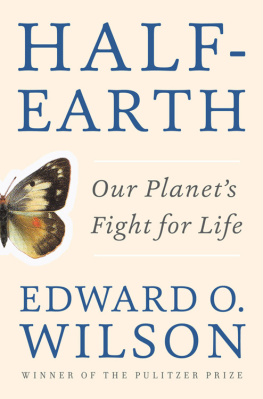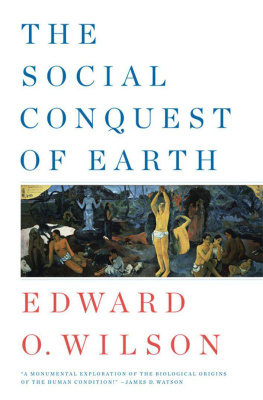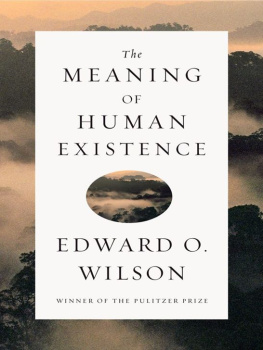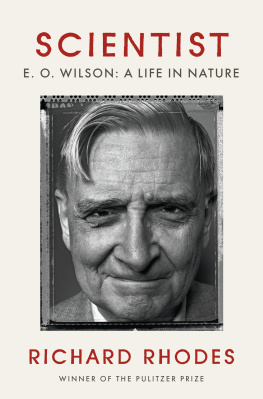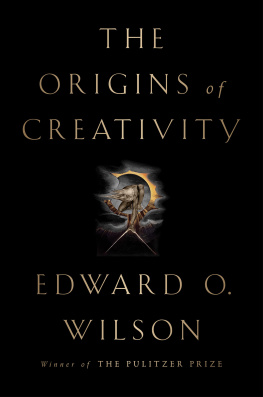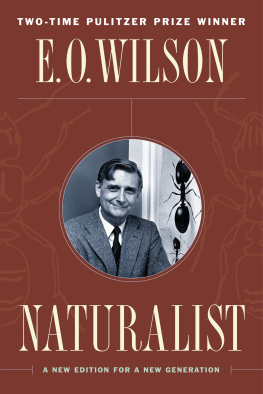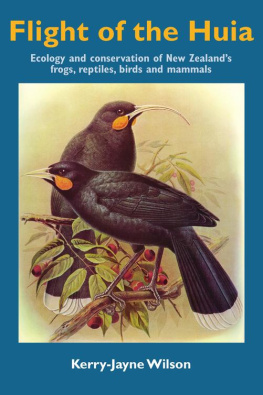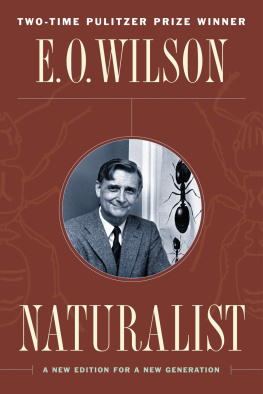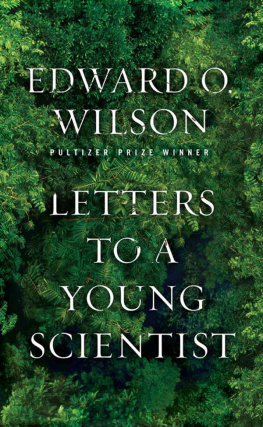PENGUIN BOOKS
THE DIVERSITY OF LIFE
I was moved by Ed Wilson's The Diversity of Life. No other book in this or recent years so fulfilled my yearning for a thoughtful and readable text on natural history James Lovelock, The Times Literary Supplement
An important book Wilson celebrates the complexity of evolution precisely to emphasize the extent of the catastrophe we face Christopher Lehmann-Haupt, The New York Times
What is the biodiversity of which Professor Wilson writes with such conviction and authority? What is the scope of it? How did it originate? Where is it found? How are humans diminishing it? And why should it matter that humans are diminishing it? Professor Wilson offers answers to all these questions in engaging and non-technical prose [full of] original and fascinating insights John Terborgh, New York Review of Books
A passionate defence of life's variety written, at its best, in the dispassionate terms of a master of scientific ecology Steve Jones, London Review of Books
His prose is assured, calm and classical; in addition to theoretical explanation, he is capable of writing evocatively about his own experiences in the field. The result is canonical authority with a human face Marek Kohn, New Statesman
Wilson's passion for the beauty and mystery of nature, coupled with his adherence to scientific methods and his unsurpassed professional standing, give the work the possibility of being the most important book since Rachel Carson's Silent Spring Charles A. Radin, Boston Globe
Wilson writing here about the tenacity and fragility of life, its many extinctions and rebirths, adds a visionary, inspirational dimension Nicholas Lezard, Guardian
Wilson takes us by the hand and leads us through the wilderness of diversity a mad, wonderful saraband of complexity and cohabitation that Wilson conducts with eloquence, clarity and wit T. H. Watkins, Washington Post
An important book. It takes the whole environmental issue on to a higher plane Andrew Clements, Financial Times
ABOUT THE AUTHOR
Edward O. Wilson is a University Research Professor and Honorary Curator in Entomology at the Museum of Comparative Zoology, Harvard University. A native of Alabama, he has been a member of the Harvard faculty since 1956. His field research has taken him to countries all over the world. His many contributions to our understanding of the biological world include the books Sociobiology; The Insect Societies; Biophilia; On Human Nature, winner of the Pulitzer Prize; Naturalist, winner of the Los Angeles Times Book Prize; and In Search of Nature. On Human Nature, Naturalist and In Search of Nature are also published in Penguin. Edward O. Wilson is also the co-author, with Bert Hlldobler, of the Pulitzer Prize-winning book, The Ants. His many scientific awards include the National Medal of Science, the International Prize for Biology from Japan, the Crafoord Prize of the Royal Swedish Academy of Sciences and the King Faisal International Prize for Science from Saudi Arabia.
The Diversity of Life was awarded the Sir Peter Kent Conservation Book Prize for the best book published on environmental issues in 1993.
EDWARD O. WILSON
The Diversity of Life

PENGUIN BOOKS
To my mother
Inez Linnette Huddleston
in love and gratitude
PENGUIN BOOKS
Published by the Penguin Group
Penguin Books Ltd, 80 Strand, London WC2R 0RL, England
Penguin Putnam Inc., 375 Hudson Street, New York, New York 10014, USA
Penguin Books Australia Ltd, 250 Camberwell Road, Camberwell, Victoria 3124, Australia
Penguin Books Canada Ltd, 10 Alcorn Avenue, Toronto, Ontario, Canada M4V 3B2
Penguin Books India (P) Ltd, 11 Community Centre, Panchsheel Park, New Delhi 110 017, India
Penguin Books (NZ) Ltd, Cnr Rosedale and Airborne Roads, Albany, Auckland, New Zealand
Penguin Books (South Africa) (Pty) Ltd, 24 Sturdee Avenue, Rosebank 2196, South Africa
Penguin Books Ltd, Registered Offices: 80 Strand, London WC2R 0RL, England
www.penguin.com
First published in the USA by The Belknap Press of Harvard University Press 1992
First published in Great Britain by Allen Lane The Penguin Press 1993
Published in Penguin Books 1994
Reprinted with a new Foreword 2001
Copyright Edward O. Wilson, 1992, 2001
All rights reserved
The moral right of the author has been asserted
Except in the United States of America, this book is sold subject to the condition that it shall not, by way of trade or otherwise, be lent, re-sold, hired out, or otherwise circulated without the publisher's prior consent in any form of binding or cover other than that in which it is published and without a similar condition including this condition being imposed on the subsequent purchaser
ISBN: 978-0-14-193173-9
Contents
FOREWORD
Biodiversity at the Start of the New Century
T WELVE YEARS have swept by since the multiple-authored book BioDiversity introduced the title word into the English language, and eight years since the appearance of the work before you, The Diversity of Life. In that decade conservation biology, the new discipline explained by these works, has grown at an explosive rate. By 1992 biodiversity was well enough known to be a central concern of the Earth Summit held in Rio de Janeiro. The global Convention on Biodiversity drafted at that conference has been ratified by almost 170 countries. Biodiversity courses are now taught at innumerable colleges and universities in the United States and elsewhere. Natural history museums have rewritten their agendas to focus on the study and conservation of ecosystems and biotas. And conservation organizations routinely base their programs on conservation biology; in response to the scientific content of the subject, they count their successes not just by the salvaging of tigers and eagles but also the protection of entire ecosystems that harbor such star species.
Humanity Versus the Natual World. What then is the status of biodiversity as this new century begins? Without doubt, world-wide awareness of its problems and promise has grown dramatically. Many countries, including tropical megadiversity nations such as Brazil, Colombia, and Indonesia, have added reserves and adjudicatedin principle at leastthe practice of biological conservation as part of national policy. There is some justification for optimism, guarded by realism and shadowed by sensible apprehension, that the world is turning the corner in at least its attitude toward the rest of life.
Still, those who monitor the diversity of life are especially apprehensive because with all the good intentions of many scientists and policy makers, the growth of human population and the depletion of natural resources continues unabated. The prospects for biodiversity can be summarized by the following imagery of the bottleneck. The world's human population will increase by about a third before peaking within a century or so, then commence a slow decline. If the number at maximum is not much greater than 8 billion, everyone can, in theory at least, be housed and fed. However, the already intense pressures on the last remnants of wild biodiversity might easily grow fatal for a majority of the remaining ecosystems and their distressed species of plants and animals. The only way to carry biodiversity safely through the bottleneck of this critical period is by a combination of scientific and technological innovation, abatement of population growth, and environmental education, guided by a redirection of moral purpose.
Next page

